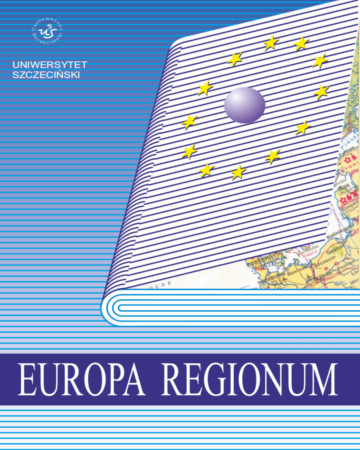
ISSN: 1428-278X
OAI
DOI: 10.18276/er.2018.35-02


Issue archive /
t. 35 2018
Zastosowanie elektronicznego listu przewozowego (e-CMR)
(The use of electronic consigment note e-CMR)
| Authors: |
Mateusz
Dziechciarz
Uniwersytet Szczeciński |
| Keywords: | road transport international consignment note CMR electronic consignment note e-CMR |
| Data publikacji całości: | 2018 |
| Page range: | 12 (21-32) |
Abstract
The CMR Convention, drawn up in Geneva in 1956, provides the basis for regulating the carriage of cargo in road transport. Signatories of the Convention are 55 countries from and outside of Europe. The CMR international consignment note is the most important document road transport. The CMR letter is issued in three identical copies and any number of copies and constitutes a confirmation of receipt and delivery of the cargo. The CMR letter is issued in paper form using a design developed by the International Union of Road Transport
(IRU). The consignment note fulfils the following functions: information, instruction, identify and confirmation.
The Fourth industrial revolution, initiated in the second decade of the 21st century (Industry 4.0), is the time of intensive digitization of the economy, which is still going till nowadays. Global changes have had an impact on the TSL. Participants in the supply chain have access to intelligent real-time tracking systems, the option of placing orders for containers and space on the ship through online service providers or issuing electronic shipping documents. The basis for starting work on the e-CMR electronic bill of lading was the Additional Protocol to the CMR Convention concerning the electronic bill of lading from 20.02.2008. The first transport using the e-CMR consignment took place on the 19 th of 2017 between the Spanish Huelva and the French city of Perpignan. The TransFollow application was used to handle the first transport using the e-CMR letter. The most important benefits of implementing an electronic bill of lading e-CMR can include: approx. 3–4-fold reduction of handling costs as well as transparency and identification of transport processes.
The purpose of the article is to present issues related to the CMR Convention and an international CMR consignment note and current work on the development of the e-CMR consignment note. In the first part of the article the CMR Convention and the principles of trading in the CMR letter were characterized. In the second part, the subject of the Fourth Industrial Revolution and works related to the implementation of the e-CMR electronic waybill were taken. The article was prepared using literature on the subject matter of the Convention and the CMR consignment note as well as internet sources describing the work on the e-CMR electronic consignment note.
Download file